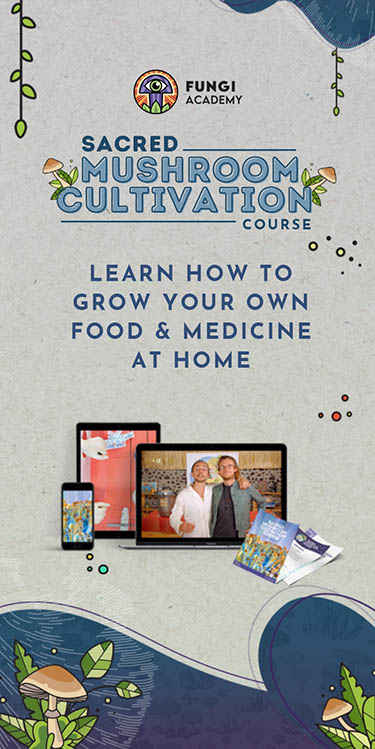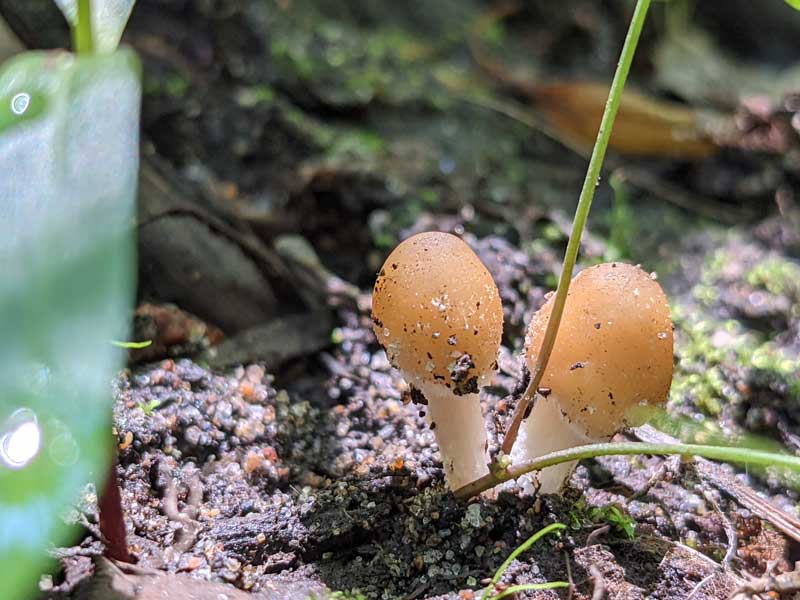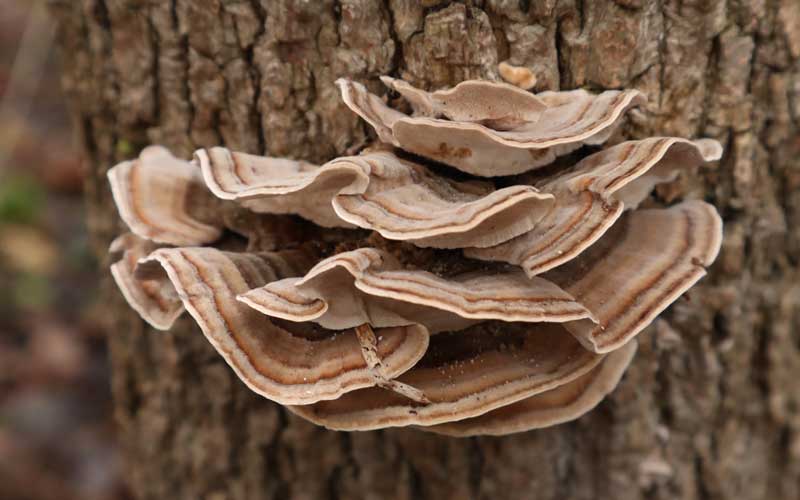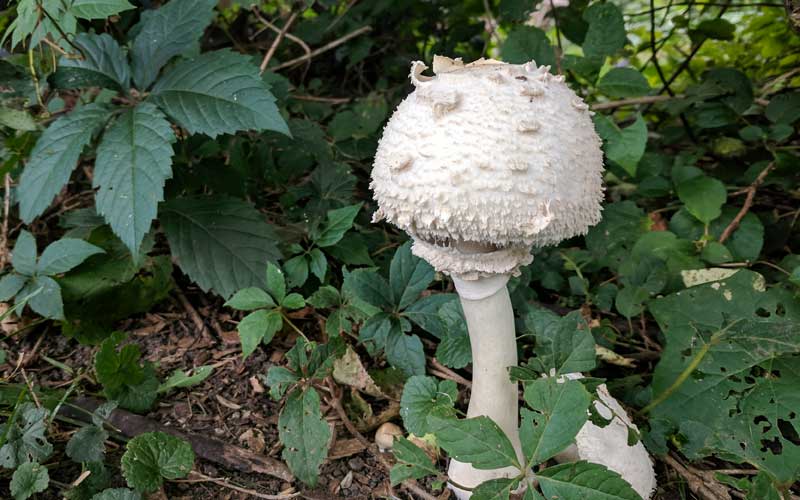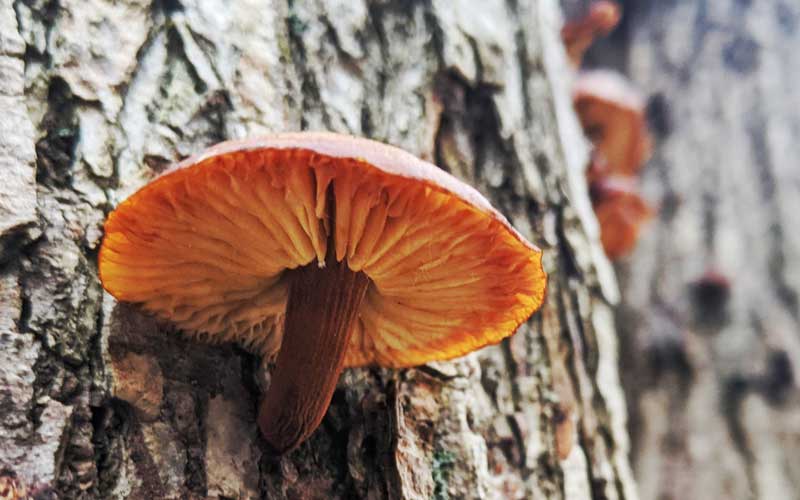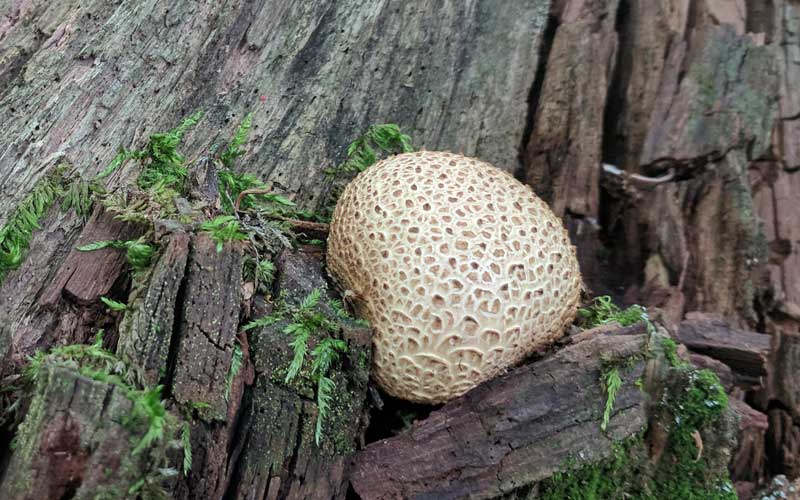- Home
- Mushroom Resources
- Got Questions?
- Have mushrooms been used in witchcraft?
Have mushrooms been used in witchcraft?
by Donna

QUESTION:
I have an interest in the kinds of plants and herbs that have traditionally been used in witchcraft, through the ages. I’m not finding much information on witchcraft and mushrooms.
Do you have an information on that?
ANSWER:
Sure… historically, there has been a connection between mushrooms and witchcraft, particularly in certain cultural and historical contexts.
Mushrooms with psychoactive properties, such as the Amanita muscaria (fly agaric) and Psilocybe species, have been associated with shamanism, magic, and religious practices in various indigenous cultures around the world.
In some European traditions, the association between mushrooms and witchcraft can be traced back to ancient beliefs and folklore.
The Amanita muscaria, with its distinct red cap and white spots, has often been depicted in artwork and fairy tales as a magical or enchanted mushroom. Its hallucinogenic properties, along with its appearance in mystical or spiritual practices, may have contributed to its association with witchcraft and magical rituals.
During the Middle Ages and the early modern period, there were also beliefs and accusations linking witches and fungi. It was believed that witches used various plants, herbs, and mushrooms in their potions and spells.
Some accounts suggest that witches may have used psychoactive mushrooms to induce altered states of consciousness or hallucinations, further reinforcing the association between mushrooms and witchcraft.
It's important to note that these historical associations and beliefs were often rooted in cultural interpretations, superstitions, and limited scientific understanding of mushrooms and their effects.
If this all interests you, we have a page that explores the history of mushrooms and fungi in folklore and mythology.




